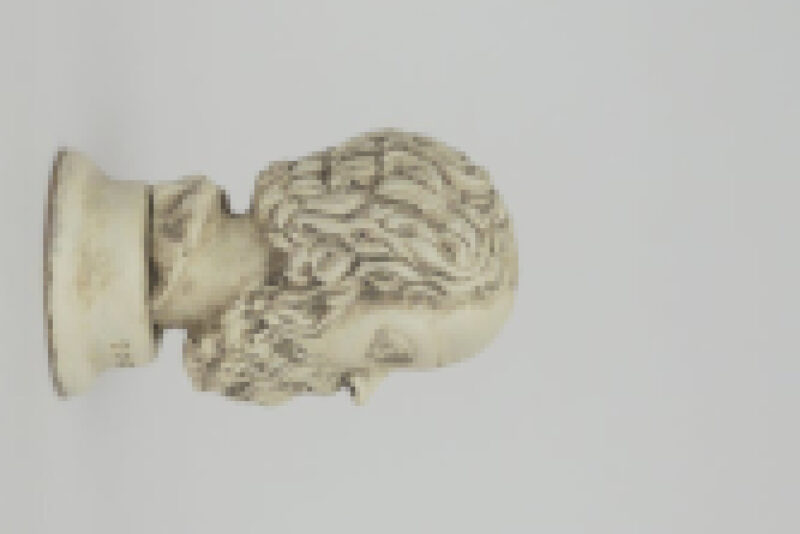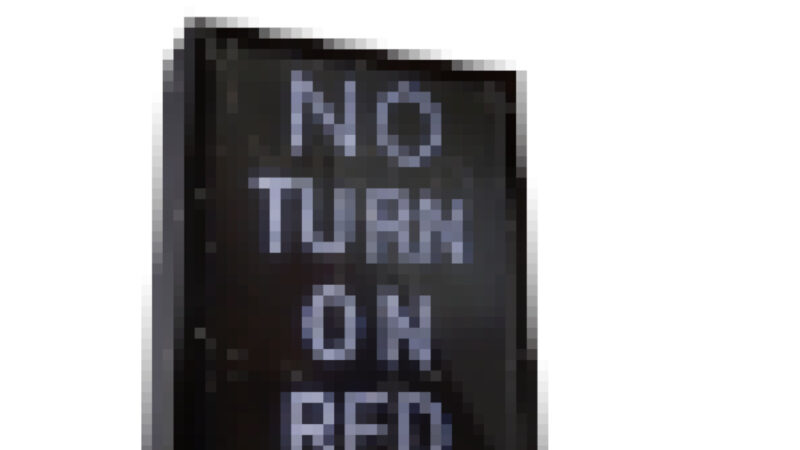April 1, 2021
When I talk to you—in person even—I engage a virtualization. You might have indigestion, or terrible gas. Say you woke up this morning with hair like a wild dog. Maybe you have a terrible itch between your legs. I include none of those details in the you to which I speak. Our technological age has not introduced the virtual, but only augmented it, freighting the virtual plane with material weights and forces of monumental proportions. And like Atlas, we shrug under the weight of the virtua as it bruises all our shoulders.
The “virtual” is not strictly determined by our technological age. Instead, it connotes any time we engage some-thing using a facsimile less than its full, unadulterated disclosure in order to engage it. This is, to be clear, all of the time. Our subjectivity has limits, it cannot accept the full unadulterated disclosure of any being to which we attend.
We primarily delimit the “virtual” to non-physical spaces adjacent to our material world. The internet, the television, and the screen all serve to give us access to a “virtual” world tangential to our own in which symbols, simulations, and representations compose a similar landscape without the constraints of physicality.
But the physical and the virtual are not a duality. They are not two different planes which act on each other like good and evil, heaven and earth. The physical and virtual are not synonyms for the “real” and the “fake,” or the “authentic” and the “contrived.” This dualism is a new Gnosticism, and remains a heresy. Undoing this tangled conceptual web will be another challenge of working through the global trauma wrought by the legacy of western, metaphysical dualism. The virtual and physical coexist on more nuanced fields and matrices of interaction, in a type of superposition. “Authenticity,” and “contrivance,” are the best we can do at inventing a helpful moral order by imagining a new “good” and “evil.” But it is not good enough. The old metaphysical categories fail where a new aestheticism opens.
Eventually, we can explore these interactions, how they are aesthetic forces susceptible to our influence. For now, let’s open the relation between the physical and virtual with a cricket clip. If you have no idea what’s happening, just ignore the gameplay. Instead, pay close attention to the advertisements painted at four different places on the pitch.
These advertisements are designed anamorphically. Anamorphosis is the intentional distortion of an image such that an undistorted form can be viewed properly from a particular vantage point. This technique has been used for centuries in art and graphic design. Slant art is one iteration in its current popular form. An artist or designer must take into account the plane onto which the distorted image is projected and the vantage point of the viewer.
There are two distinct spatial sets from which these advertisements are experienced:
First is the physical space the players occupy on the pitch: the bowler, the fieldsman, and the batter occupy distinct positions in the same physical field, none of them see exactly the same thing at the same time, and all experience the graphic in its distorted sense.
Second is the virtual space occupied by the gaze delimited by the strict mediation of the camera lens and its projection on a screen. The television viewer, regardless of the brand or resolution, is tightly governed by the constraints of certain angles (to which the graphic has been designed) which reveal the advertisement as intended. In the sightline of a precise, predetermined gaze, the distortions are virtually compressed and anamorphically rise up from the pitch.
This, I believe to be the best analogue for conceptualizing the superposition of the physical and the virtual.
Our embodied subjectivity is itself a weight that rests in the physical field. The manner in which we perceive, as bodies thrown out and among the raw physicality of the pitch, is subject to the distortions of the real, until we perceive it from a particular vantage. The virtual is the mechanism by which we compress space in discrete organized chunks, organizing what would be the raw distorted field into undistorted forms which can be completed in a single frame of perception.
The anamorphic power of the virtual is in its capacity to compress the distorted physical space always immediately surrounding the mass of our body into projections of reality upon which the weight of our embodied subjectivity need not rest. Instead, it is compressed into objectified, compact packets.
The power lies in its compression. The danger lies in its omission.
I’ve ignored a third position: the one who stands behind the camera. In this subject, the gaze of the virtual and physical coalesce. He or she stands in the position behind the lens, where the virtual vantage point is perceived from the physical. And it’s transcendent, no? To watch the virtual rise from the physical with all the power and strength of the gods, altering the fabric of space and time? Then, it’s upsetting to realize if you want to maintain the transcendence of your vantage point, you can’t move around much or the distortion begins revealing itself.
Consider how the Instagram mannequin gains and loses charm in a single instant, subject to the multiplicity of perspectives in a physical plain. For a moment, say at a bar, we drift into the sightline of the preferred gaze. Usually, this is the same perspective occupied by the mirror or screen, to which the mannequin itself has been obsessively designed. This hyper-object appears mysteriously handsome. Rising up from the physical field with a transcendent amorphic power it captures our gaze, and is transfigured, irrupting from the virtual into our common, shared plane. I look and I see with virtual eyes—then you squirm. Or I move. And suddenly the real-life graphic facsimile of beauty contorts, and distorts. It warps along the soft and pliant lines, here in our physical world, or cracks as a joint is bent too brusquely over tough, sharp edges.
With the weight of the virtual our physical, it’s no wonder authenticity and contrivance have borne the yoke of moral dualism for a new age. But there is nothing evil about the deception played by the advertisement on the pitch. The interaction between the virtual and physical is fundamental amoral, it is beyond good and evil. What we do with the power rising from it’s interaction is not a moral question but an aesthetic one.
What might the beautiful earth look like?
But our virtual gods and goddesses persist, praying we don’t move from our fixed positions behind the lens of the viewing stands at the bottom of mount olympus. It’s the only angle from which it all seems so pretty.
Unlike the data on a computer wire, our compression is never lossless. We always lose data in compression. Our virtualizations are governed by ontologies (i.e. modes of being, for example, as human, as citizen, as consumer, etc.) by which we attempt to dispose and orchestrate our shared existence. Our world is organized by these ontologies, but more importantly, they serve to recreate it as such. But if we use virtualizations—or maybe, archive, zip, or data compression formats—prescribed by overdetermined modern ontologies there are an endless number of data points that fall through the sieve of these frames of techno-logical subjectivity.
There are, for certain, different ways to organize being other than ontologies given. To do so accepts abandoning security and terms of existing modes. There is no other way forward but to step off the edge of the map.
It is not enough to say we must step into the “un-known.” We must step into the un-been.




